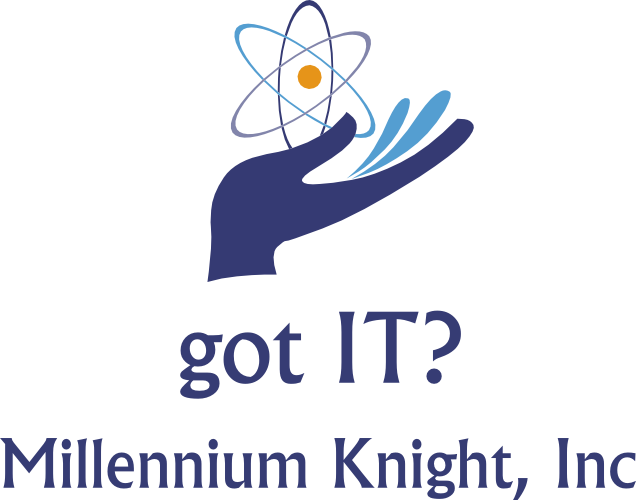How to better engage the remote worker? There are apps for that
Remote workers are more likely to have a higher rate of disengagement from the companies they work for. So how can technology solve these issues?
By Eileen Brown May 23, 2019
Source: https://www.zdnet.com/article/how-to-better-engage-the-remote-worker-there-are-apps-for-that
Working from home can be productive, but you can help your employees stay focused
Four out of five (80%) of the global workforce is comprised of deskless or remote employees. These 2.7 billion individuals face added limitations compared with onsite staff, both in terms of communication and access to corporate systems.
As a result, these workers suffers from even lower levels of employee engagement than those in the office.
This is estimated to cost $11 billion each year due to employee turnover -- an expensive consequence of employee disengagement.
According to Gallup, less than one-third (32%) of American workers report feeling involved and enthusiastic about their job, and 71% of deskless employees are not actively engaged in the business.
These individuals may find themselves dealing with limited or no access to desktop or laptop computers, no company email address, limited access to email the company intranet, or to company notice boards.
They also have limited communication/collaboration with peers in other locations, limited feedback or communication from line manager, no access to corporate documents, and limited or no access to company news and updates.
London and San Francisco, CA-based mobile employee engagement platform StaffConnect has released an ebook detailing how technology can help enterprises overcome this engagement crisis.
Its 2018 Employee Engagement Survey found that when it comes to sharing information with employees, many enterprises are still over-reliant on limited reach communications.
Enterprise organizations depend primarily on email (78%), intranet (53%), newsletters (48.5%), and/or print/mailers (20.6%) to communicate with employees.
Almost none -- less than 2% -- take advantage of mobile platforms.
So how do enterprises drive up engagement levels, and help deskless workers? StaffConnect offer the following ideas to make employees feel valued -- including the ability to:
Access company information 24/7 using a mobile app, regardless of role or location
Receive real-time updates from the company and CEO
Feel connected to the organization's goals/mission, understanding how their role affects the company's success and becoming its best brand advocates
Share best practices with their peers
Have a voice in the company
Communicate within communities by sharing content and comments with their peers, having visible support, and knowing who to ask when they have questions
Access corporate documents, videos, and reference information for training and knowledge attainment, to improve processes and efficiencies (e.g., better onboarding, access to safety and compliance procedures, and crisis communications if the networks go down)
Geraldine Osman, CMO, StaffConnect said:
In a world that's increasingly digitally driven and focused -- combined with a shift toward a workforce that is now primarily deskless -- the key to increasing employee engagement is integrally connected to technology.
To effectively drive engagement across the entire organization, businesses need to implement mobile-enabled apps that are capable of reaching every employee and delivering an engaging user experience.
This prevents the silos between office and field-based employees and facilitates a more unified and positive culture that ultimately leads to better performance, retention and customer satisfaction.
Millennium Knight has been assisting law firms, accounting agencies, and other firms with their remote user engagement and have found several solutions to keep the entire team engaged and productive. Contact us today to help your company improve its communications with remote workers.

